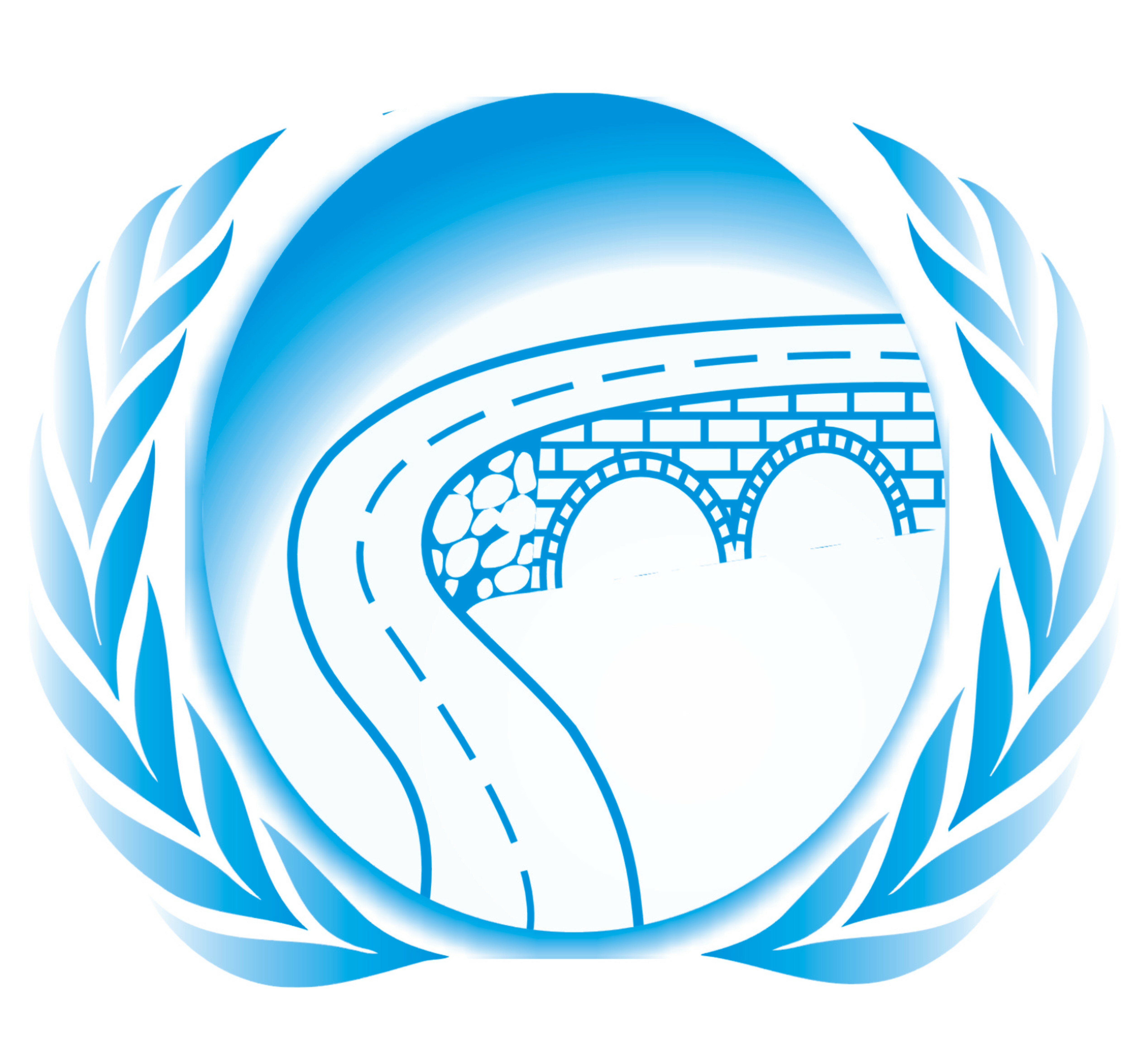

Introduction
Subsequent to the end of several decades of civil war and political turbulence in the country, the Bonn Agreement in 2001 laid full stop to the subject of social instability through a concept of political transformation, underscoring the state-building and development, therefore rural development and local livelihood improvement has become a topmost government priority which is likewise accentuated in Afghanistan National Development Strategy (ANDS) during 2008-2013.
The National Rural Access Program (NRAP) was thus formulated as one of the national priority programs in 2002; focusing on rural roads in all 34 provinces of Afghanistan. The originally known NEEP (National Emergency Employment Program) was initially aimed to create employment during rehabilitating of rural roads network. However, based on recommendation of an external review in 2005, strategic shift in policy was endorsed to dually focus a) quality rural road rehabilitation and, b) generation of employments.
The program now relies on three dimensional conceptual frameworks of a) connectivity: to connect people to basic life services such as school, clinic and market, b) Quality: to upgrade functions of access to operate within engineering standards, and c) sustainability: to maintain required level of services of roads network to sustain economic life, quality of services and connectivity.
Vision
NRAP ultimate objective is “To enhance human security and promote equitable economic growth by ensuring Year-Round access to basic services and facilities in rural Afghanistan”
Objective
We believe the program vision will be obtained through following objective:
Conceptual Principles
The Program undertakes these operational objectives through the construction, rehabilitation and maintenance of essential rural access infrastructures via adopting the appropriate labour-based approaches by underscoring the three basic conceptual principles namely;
project in this program is not limited to providing access to services and facilities but is also to interconnect communities so that a rural access network is completed and become functional in such a way to pave the way for the flow of goods, services, technologies, communications, public administration/governance from the central, regional and provincial to the rural areas in continuum.
In addition, the institutional framework of the program spans across three layers of responsibilities; 1) Steering Committee with oversight and strategic direction role; 2) National Coordination Unit (NCU) with coordination and monitoring responsibilities and 3) MoPW and MRRD PIUs with project implementation responsibility.
NRAP has been mainly financed through World Bank grants/credits, the Afghanistan Reconstruction Trust Fund (ARTF) and other donors insofar.
NRAP is responsible to share required information with its stakeholders and disseminate regular monthly, quarterly and annual reports to make beneficiaries acquainted of routine progress.
This report portrayed for the same objective. The report evaluated the past performance, calibrates the present progress, extract lesson learnt (success stories) and propose recommendation for dwelling its future.
NRAP at Fleeting Look
NARP contributes in fortifying local economy and livelihoods.
The program constructed more than 13,600 Km of road, 6400 linear meters of bridges; 258,000 meter other associated road infrastructures as well as generated more than 18 million labor days since inception until March 2016. Furthermore, around 30% of total cost of projects injected to surrounding community through labor in the project site.
National Rural Access Program implement and oversights various major project in road sector.
The Afghanistan Rural Access Project (ARAP) or (P125961) originally worth, US$ 332m is funded through joint grant numbers of (H792 – AF) shares US$ 125m and (TF 013093) shares US$ 207m aims to enable rural communities to benefit from all-season road access to basic services and facilities.
The effective date of ARAP is 1st October 2012 and will last till 31 March 2018 with overall implementation period of 5.5 years, and it consists of three components A, B and C.
Component A: Implemented by MoPW with planned amount of US$186 m, Component A targets improvement and maintenance of secondary roads. The component is initially designed to achieve:
Component B: is collectively worth US$ 128m for improvement and maintenance of tertiary or village roads, implemented by MRRD. The component is initially designed to achieve:
Component C: – is collectively worth US$ 18m for Program Planning and Development, Institutional Strengthening and Program Coordination Support and jointly implemented by MPW and MRRD while coordinated by a small National Coordination Unit NCU, MOF; the component initially designed to achieve:
This project has been funded from the discretionary fund of the Islamic Republic of Afghanistan to construct 580 km of road and 850 meters of bridge through total cumulative budget of USD 41.06 million in different years.
NRAP/MRRD has succeeded to complete 20 contracts under this project and achieved construction of 24 km of roads and 220 running meters of bridge moreover it has generated 68,838 labor days during the reporting period.
This project has been funded by Japan with total budget of USD 23.5 million for delivering 190 km of road (Asphalt and Gravel) and 586 meter of bridges in 34 provinces of Afghanistan.
NRAP/MRRD has succeeded to complete 6 contracts under this project and achieved construction of 11 km of roads and 2,714 meters of drainage structure moreover it has generated 11,175 labor days during the reporting period.
This project has been funded by JICA & GOV and the executing implementer is NRAP-MoPW. The cumulative budget of this project is almost US$ 133.1M in different years starting in SY1390 for delivering 351.06 Km of roads and 1,381 Running meters of bridges in different provinces of Afghanistan. The design and procurement of this project has been completed.
Moreover, 44 contracts have been completed through which 229.1 Km roads, 1,199.0 Rm bridges have been constructed and 553,544.83 number of labor days are generated as of 3rd quarter of 1395.